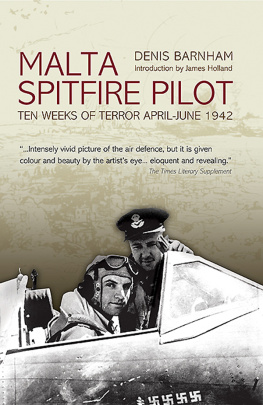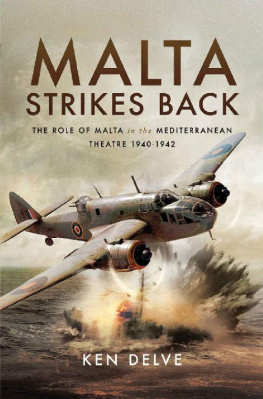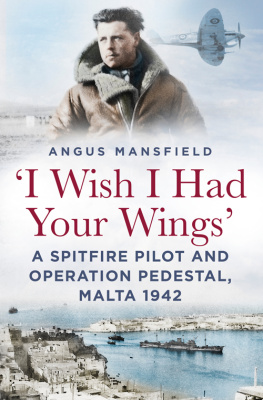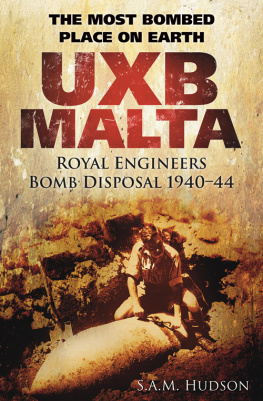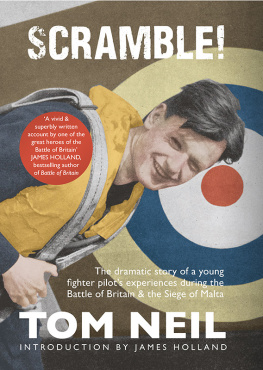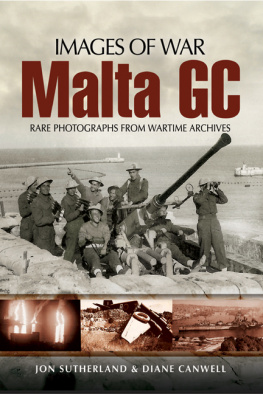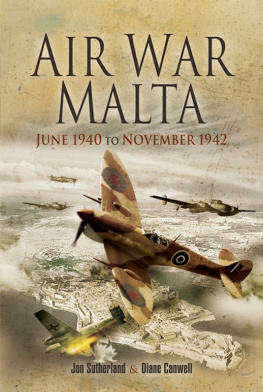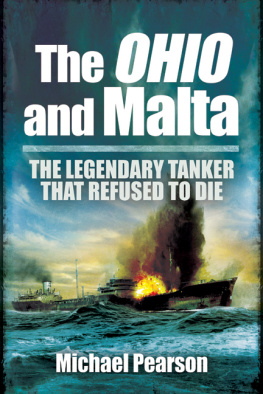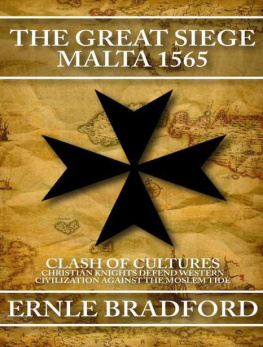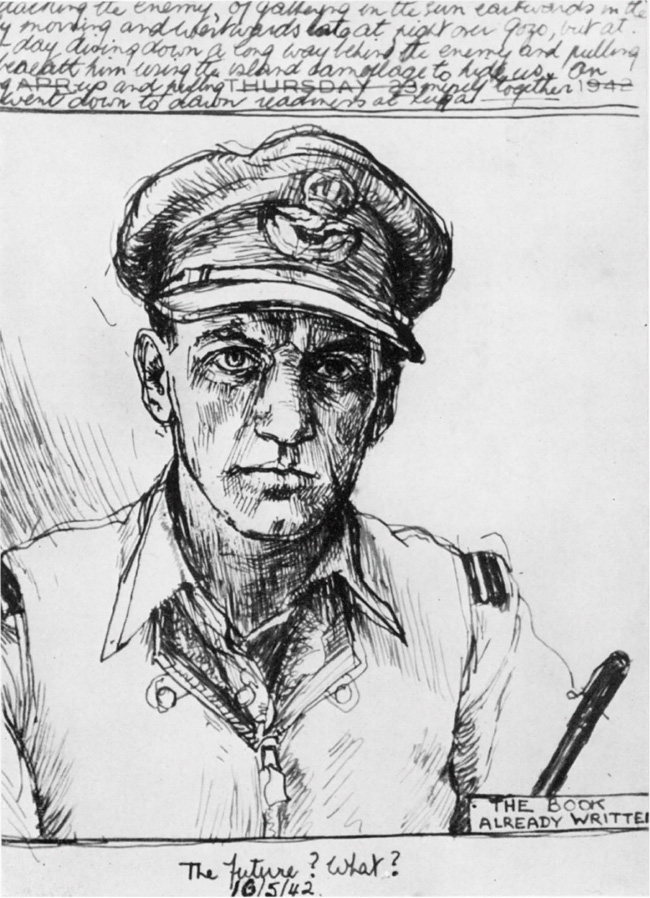Denis Barnham - Malta Spitfire Pilot: Ten Weeks of Terror, April–June 1942
Here you can read online Denis Barnham - Malta Spitfire Pilot: Ten Weeks of Terror, April–June 1942 full text of the book (entire story) in english for free. Download pdf and epub, get meaning, cover and reviews about this ebook. year: 2013, publisher: Grub Street Publishing, genre: Non-fiction. Description of the work, (preface) as well as reviews are available. Best literature library LitArk.com created for fans of good reading and offers a wide selection of genres:
Romance novel
Science fiction
Adventure
Detective
Science
History
Home and family
Prose
Art
Politics
Computer
Non-fiction
Religion
Business
Children
Humor
Choose a favorite category and find really read worthwhile books. Enjoy immersion in the world of imagination, feel the emotions of the characters or learn something new for yourself, make an fascinating discovery.
- Book:Malta Spitfire Pilot: Ten Weeks of Terror, April–June 1942
- Author:
- Publisher:Grub Street Publishing
- Genre:
- Year:2013
- Rating:5 / 5
- Favourites:Add to favourites
- Your mark:
Malta Spitfire Pilot: Ten Weeks of Terror, April–June 1942: summary, description and annotation
We offer to read an annotation, description, summary or preface (depends on what the author of the book "Malta Spitfire Pilot: Ten Weeks of Terror, April–June 1942" wrote himself). If you haven't found the necessary information about the book — write in the comments, we will try to find it.
In the summer of 1942, Malta was vulnerable to air attack from the Germans and Italians, and defended by a handful of Spitfires and a few anti-aircraft guns. Denis Barnham, a young and inexperienced flight lieutenant, spent ten hectic weeks on this indomitable island; he left a well-ordered English aerodrome for the chaos and disillusionment of Luqa. His task was to engage the overwhelming number of enemy bombers, usually protected by fighter escorts, and shoot down as many as possible.
The Spitfires were bomb-scarred and battered. Oftentimes they could only get two or three in the air together, and the airfields were riddled with bomb craters, but they managed to keep going and make their mark on enemy operations. Barnham has written a powerful account of his experiences in Malta, starting with his trip in an American aircraft carrier through the ceaseless battle and turmoil during the desperate defense of the island, through his departure by air back to England, having seen the reinforcements safely landed and the tide of battle turning.
With thrilling and terrifying descriptions and illustrations of the air action, this account, told with humor and compassion, is one of the best firsthand accounts of aerial combat ever written.
Denis Barnham: author's other books
Who wrote Malta Spitfire Pilot: Ten Weeks of Terror, April–June 1942? Find out the surname, the name of the author of the book and a list of all author's works by series.

